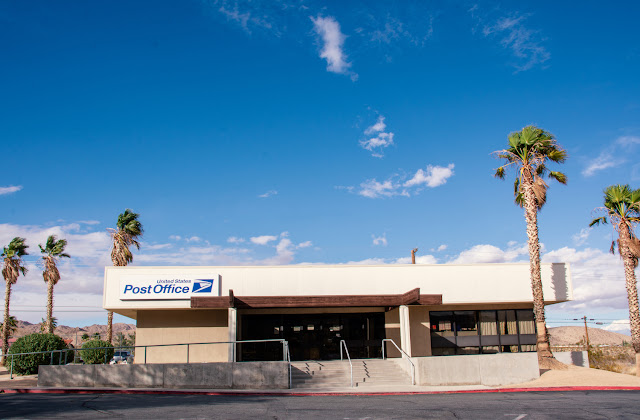Press release from David Lusk Gallery :
David Lusk Gallery | Memphis & Nashville | 901.767.3800 | davidluskgallery.com
David Lusk Gallery will open in Nashville in early 2014. The new endeavor continues the Gallery’s commitment to artists and clients – now in a second city. Formed in 1995 in Memphis, David Lusk Gallery promotes a roster of artists from the mid-south and well beyond to clients across the country. The Gallery’s program is distinctive – one that matches the diversity, ingenuity and excitement of Memphis. Gallery owner David Lusk comments, “It has been a blast creating opportunities for our artists on both a local and national level. For me, working with clients and arts professionals to incorporate contemporary art into their everyday lives is tremendously invigorating.”
Now the Gallery will broaden its reach by opening a new Gallery location in Nashville. That city is growing quickly; cultural industries like food, film and fashion are booming. David Lusk Gallery will fill a gap in the Nashville art scene, while also providing Nashville artists and their collector base with new opportunities.
The Gallery in Nashville will be located at 516 Hagan Street in the burgeoning Wedgewood/Houston neighborhood. Dane Carder will serve as the Gallery’s day-to-day Director. Carder, a Nashville based artist, has previous experience promoting the local art scene through his gallery Threeesquared. Carder says: “It has long been my desire to expand the scope of Nashville’s art community. David Lusk Gallery’s program will bring a welcomed component to what is an established and vibrant art scene.”
The new Nashville Gallery will have 20-foot ceilings, a series of operating industrial garage doors, pristine exhibition galleries and a large viewing room. The building, formerly a large truck machine shop, has been redeveloped to house three distinct businesses. The location is already a recognized arts locale: next door to David Lusk Gallery is Zeitgeist, a long-time Nashville art space, noted for cutting-edge installations.
David Lusk Gallery will create an artistic program tailored to Nashville. The Gallery will showcase recognized artists previously unrepresented in Nashville, others well known in the city, and a few without any Nashville recognition. The Nashville Gallery will build a reputation related to, but unique from David Lusk Gallery in Memphis. These artists, among others, will be represented during the opening exhibition of David Lusk Gallery Nashville:
Carroll Cloar (1913-1993): nationally recognized painter of the Southern cultural landscape.
Maysey Craddock: gouache drawings on found paper describing the beauty of dilapidation and
deterioration;
Hamlett Dobbins: abstract paintings about emotional attachment, described through shape, texture and color;
William Eggleston: internationally renowned for beautifully mundane color photographs;
Mary Addison Hackett: contemporary paintings of everyday objects given new life with fast brushwork and unexpected color;
Greely Myatt: sculptures of domesticity, communication and wit, using widely varied found materials;
Kit Reuther: large, minimally-marked abstract paintings and totemic large wooden sculpture;
Tad Lauritzen Wright: subject matter includes, among other things, one-line drawings, word-find paintings and shuffleboard tables.
David Lusk Gallery is excited to join the active art scene in Nashville. A formal exhibit schedule will be released shortly. David Lusk Gallery in Nashville will open at 516 Hagan St in January 2014. David Lusk Gallery is located at 4540 Poplar Ave in Memphis. For further information contact David Lusk at 901 767 3800
or david@davidluskgallery.com. Or, contact Dane Carder at 615 598 5600 or
dane@davidluskgallery.com.





